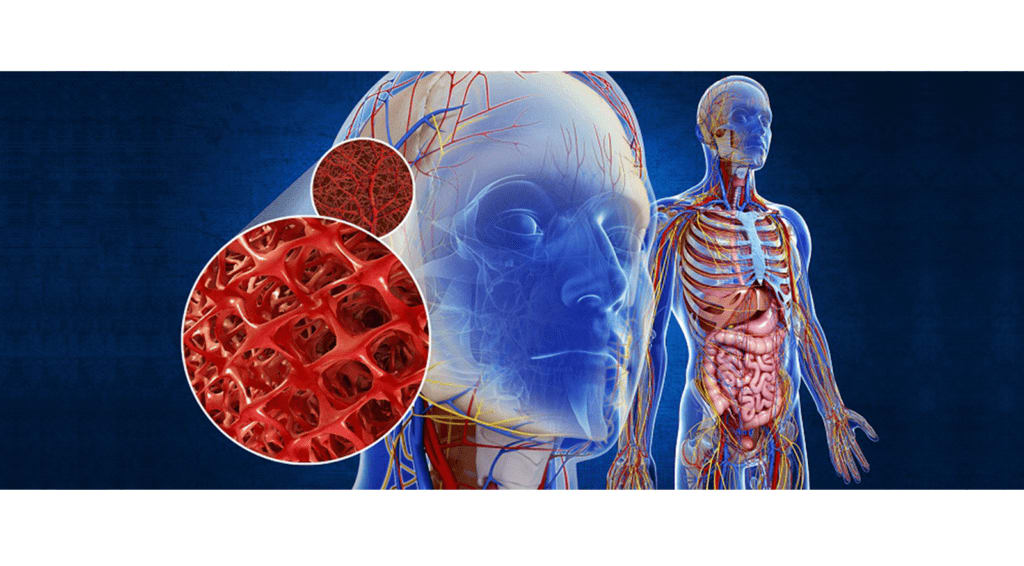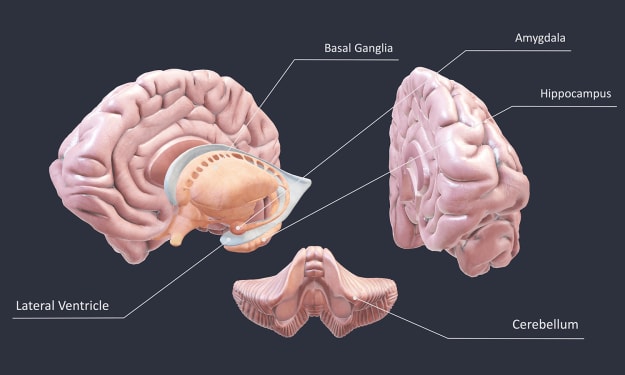What really is
Anatomy and Physiology

Title: Unveiling the Marvels of the Human Body: A Journey into Anatomy and Physiology
Introduction:
Take a moment to marvel at the intricate workings of your own body. From simple actions like wiggling your hand or taking a sip of water to the complex systems that keep you alive each day, your body is a magnificent beast. The study of anatomy and physiology unveils the secrets behind these remarkable processes, exploring the structure and function of the human body. In this article, we will delve into the captivating world of anatomy and physiology, discovering its significance, intriguing facts, and historical evolution.
The Complexity and Wonder of the Human Body:
Every movement, every breath, and every bodily function is a result of the harmonious collaboration of various systems. The human body is an extraordinary creation, capable of astounding feats. Did you know that if stretched out, your intestines would reach the height of a three-story building? Or that you produce enough saliva in your lifetime to fill several swimming pools? Even the shedding of tiny skin cells, weighing up to 50 kilograms over a lifetime, contributes to the intricate ecosystem within your own home.
Anatomy and Physiology: Unveiling the Science of Us:
Anatomy focuses on the structure and relationships between body parts, while physiology explores how these parts work together to sustain life. This multidisciplinary science draws upon fields like chemistry and physics to unravel the mysteries of the human body. Through anatomy and physiology, we gain insight into the processes that underpin our existence, from the most basic functions like eating and sleeping to profound aspects such as death, sex, and cognition.
The Fascinating Journey of Anatomical Study:
The study of anatomy has undergone a captivating evolution throughout history. Initially shrouded in secrecy and taboo, it was only in the 17th and 18th centuries that certified anatomists were permitted to perform human dissections. These dissections became popular public events, attended by renowned figures like Michelangelo and Rembrandt. However, the demand for cadavers led to the notorious practice of grave-robbing until the Anatomy Act of 1832 provided a legal supply of bodies for study, sourced from executed criminals. Today, anatomical study relies on generous donations of bodies for educational purposes.
Complementarity of Structure and Function:
One fundamental principle that emerges from the study of anatomy and physiology is the complementarity of structure and function. Every component of the body, be it a cell, an organ, or an entire organism, exhibits characteristics that align with its specific purpose. From the directional flow of blood through the heart to the strength and protective nature of bones, form determines function at every level of the body's organization.
The Hierarchy of Organization:
The human body exhibits a hierarchical organization, with atoms forming the smallest units of living things. Cells, the building blocks of life, have shared functions but display immense diversity in size and shape. These cells join together to form tissues, which, in turn, combine to create organs such as the heart, lungs, and skin. Organs collaborate within organ systems, such as the digestive or circulatory system, to accomplish specific functions. Ultimately, all these levels of organization intertwine to constitute the remarkable complexity of the human body.
Homeostasis: Maintaining Balance for Survival:
A pivotal concept in anatomy and physiology is homeostasis—the ability of living systems to maintain stable internal conditions despite external changes. The balance of materials and energy within the body is crucial for survival. Proper blood composition, water levels, nutrient supply, and oxygenation, along with optimal body temperature, blood pressure, and waste elimination, are essential for homeostasis. When this delicate equilibrium is disrupted, various complications arise, ultimately leading to organ failure and death.
The Language of Anatomy:
The intricacies of the human body necess
itate a precise and standardized language to describe its structures and locations. Anatomical terminology employs directional terms to orient oneself within the body. For example, the terms anterior and posterior describe front and back, respectively, while superior and inferior refer to upper and lower locations. By utilizing this language, healthcare professionals can effectively communicate and navigate the complexities of the human body.
Conclusion:
The study of anatomy and physiology invites us into the mesmerizing world of the human body. Its complexity, interconnectedness, and intricate processes leave us in awe of our own existence. As we delve into the structures and functions that sustain life, we unlock the door to countless possibilities. From understanding diseases and developing treatments to enhancing physical performance and unraveling the mysteries of the mind, the knowledge gained from anatomy and physiology serves as a foundation for numerous scientific and medical advancements. So let us continue to marvel at the marvels of our own bodies, appreciating the wondrous mechanisms that enable us to experience life in all its splendor.





Comments
There are no comments for this story
Be the first to respond and start the conversation.